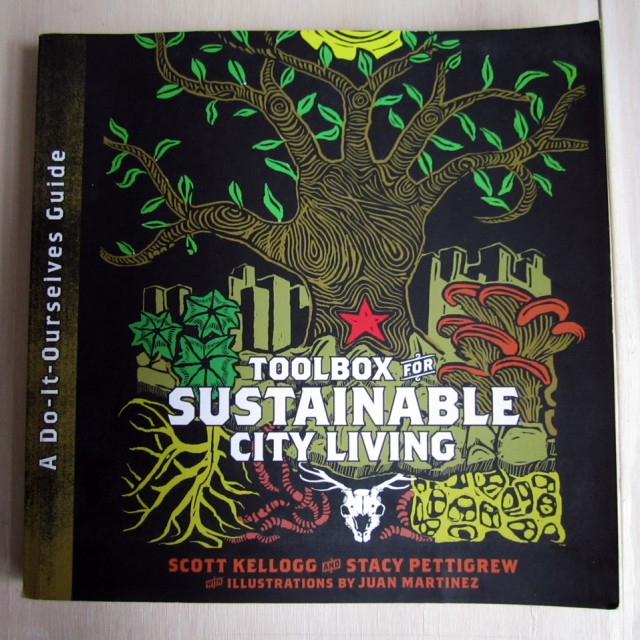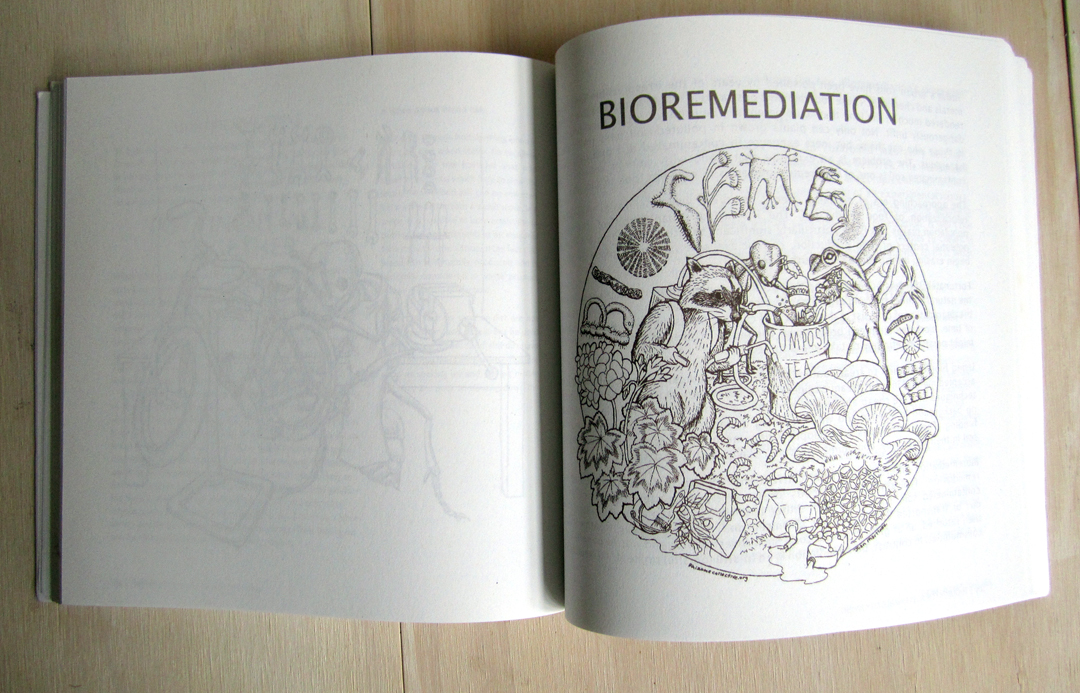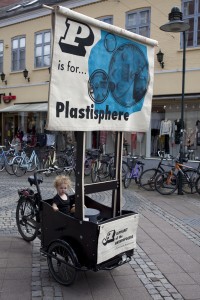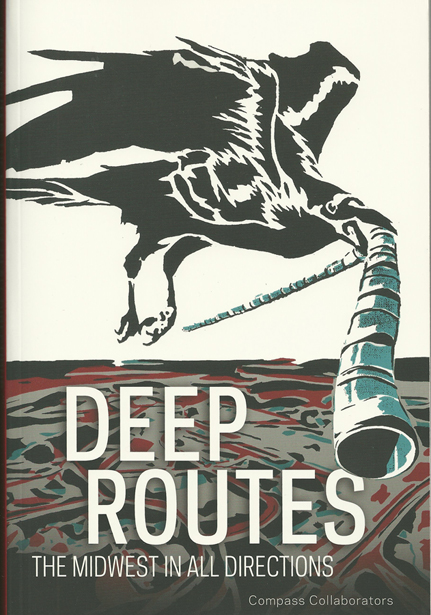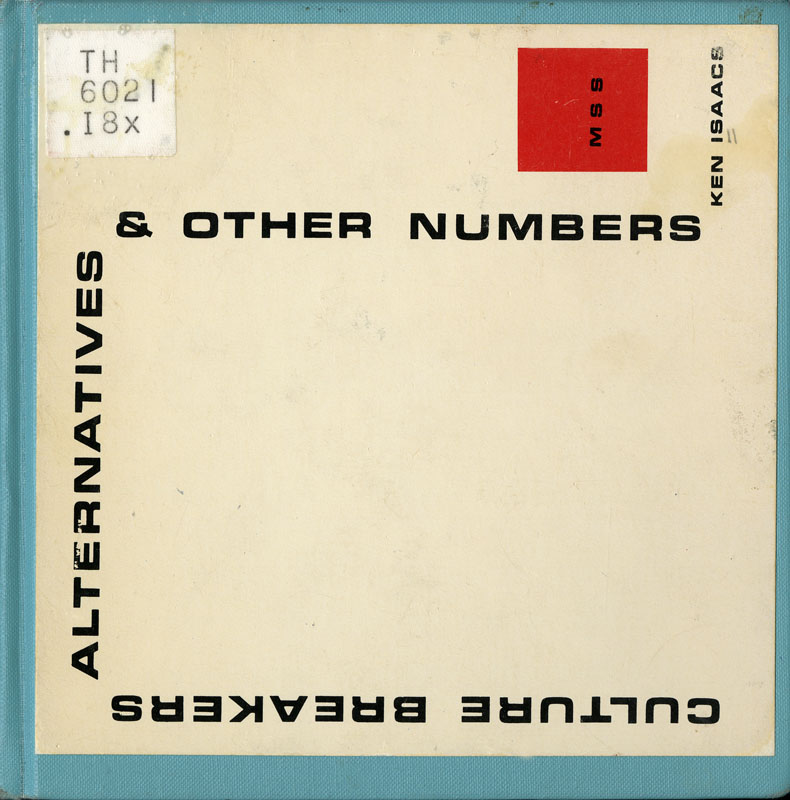Book Review: Toolbox for Sustainable City Living
In 2000, Scott Kellogg and Stacy Pettigrew along with several others started the Rhizome Collective in an old warehouse in Austin, TX. A consensus based collective, the group worked to rebuild the warehouse and experiment with what they were calling “sustainable city living.” The group came together from several different activist movements, but the focus of the research at the warehouse is environmental sustainability. In 2004, the group received a grant from the United States’ Environmental Protection Agency to activate their research in urban environmentalism with a large-scale bio-remediation project in Texas. Scott and Stacy, along with Juan Martinez, a member of the Beehive Collective, put together the book Toolbox for Sustainable City Living (South End Press, 2008) based on the research done at the warehouse.
So, what’s up with the book project?
Toolbox for Sustainable City Living (South End Press, 2008) is a “how-to” book with detailed information about how you can raise your own backyard chickens, grow your own edible mushrooms, or build your own composting toilet, among several other projects. Scott and Stacy, along with the rest of the Rhizome collective have made the mistakes so you don’t have to. All projects are illustrated with Juan’s detailed drawings of personified animals involved in a variety of tasks from urban farming to tearing up paved city streets. That is the basic structure of the book. Now, is it useful?
Yes, it is useful information. The majority of the world’s population now lives in cities. So, figuring out how to live closer to the ground in an urban setting is an important project. However, one thing to note about the projects detailed in this book, is the need for space. All cities are not the same.
Some cities like Austin, Texas, where the cost of living is lower than in Copenhagen, Denmark or New York, NY, for example, allow for more room to spread out and experiment with DIY chicken coops or floating trash islands. (I love this floating trash island, by the way.)
Sustainability for small spaces is important to consider.
The book has five focus sections: Food, Water, Waste, Energy, and Bioremediation, with projects for each one. It does not give gardening tips, pointing out that there are numerous books devoted solely to gardening and this book does not need to take up that task. Much of the book is devoted to reuse–how to reuse rainwater, trash, kitchen grease, kitchen scraps, and human waste.
The section on bioremediation deals with the inevitable toxicity of urban spaces, a new twist in this genre of publishing. There are many books out there that deal with how to build your own composting system or how to raise chickens, but a focus on bio-remediation considers how we can improve our urban surroundings rather than simply living on top of them.
From the book,”Bioremediation is the process of using the natural abilities of living organisms (typically, plants, bacteria, and fungi) to speed the degradation of or assist in the removal of contaminants.”
If we turn our focus as environmental activists towards urban spaces, then dealing with pollutants and toxic areas becomes an immediate concern, especially for raising food and livestock. The book offers low-cost methods for dealing with the by products of city living.
Brett, from the Mythological Quarter, visited the collective warehouse in 2008. It was an impressive space, but most of the people who started the project had moved on or were taking a break. Many of the systems written about in the book were in need of maintenance, however the composting toilet still worked fine. Maintaining collectivity over a long period is often a challenge, but the research performed by the group is available for you to make use of in your city with the book project.
Radio Aktiv Sonic Deep Map (2013)
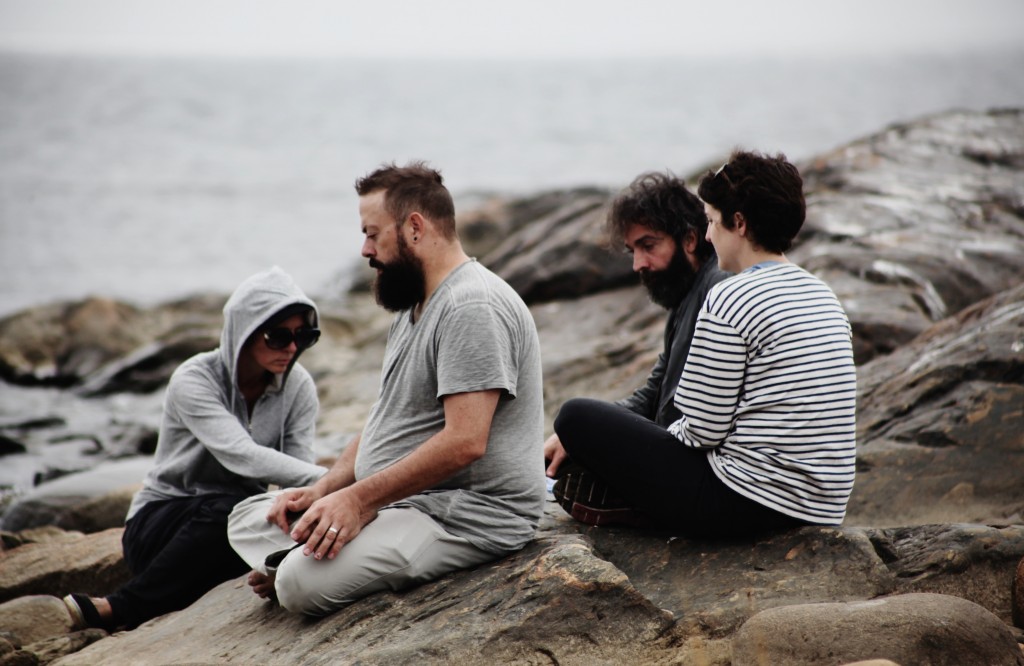
SUPERKILEN – Extreme Neoliberalism Copenhagen Style
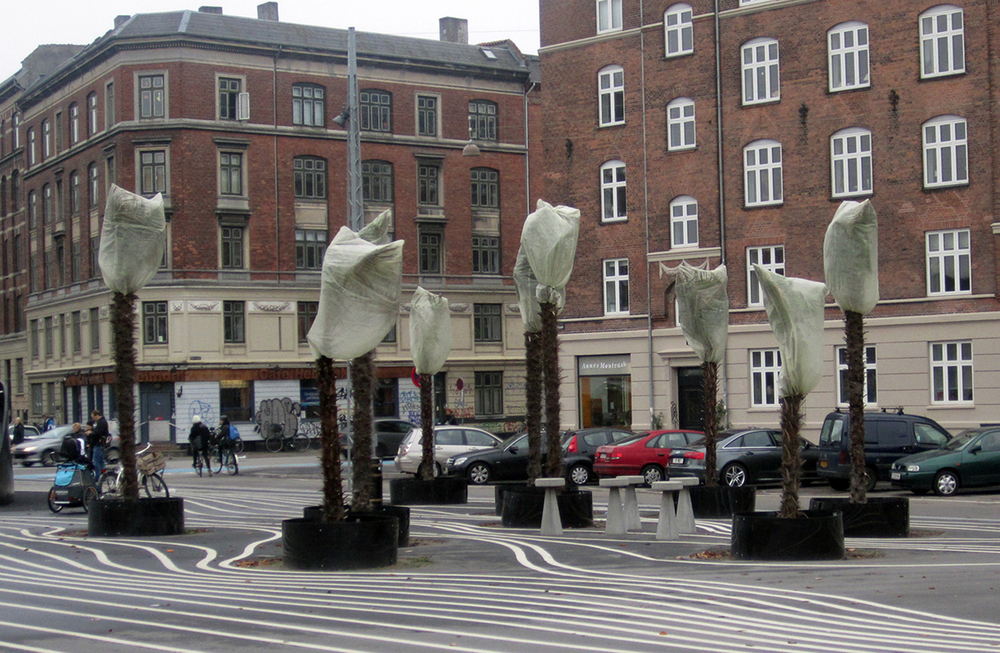
Read Brett's essay about the park.
Download our guide:
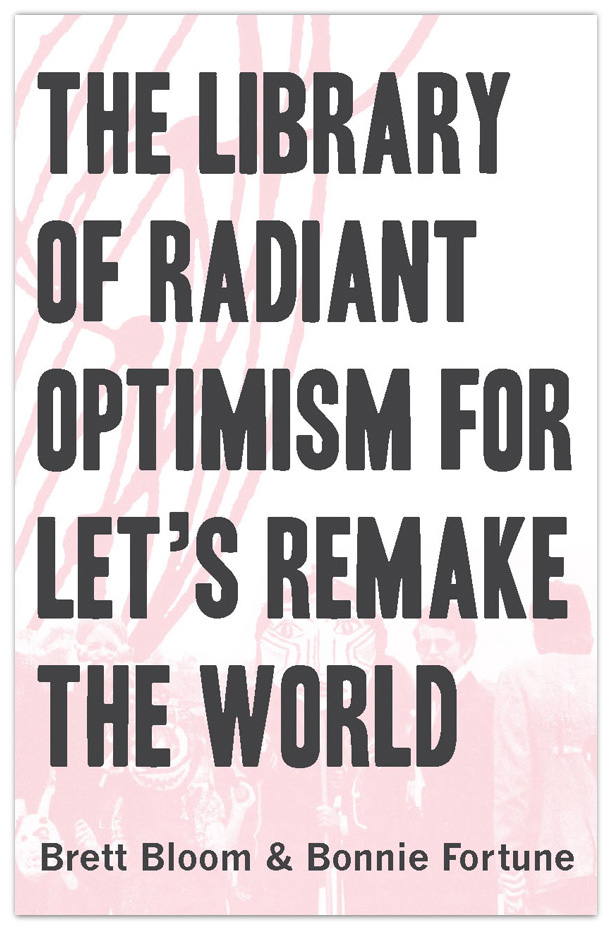
This is our guide to how-to books from the counterculture of the 60s and 70s. Click to get the download page.
Categories
- Agriculture (11)
- Animal sounds (1)
- Artist parents (19)
- Arts and culture (106)
- Bees (3)
- Book reviews (14)
- Books (18)
- Critical essays (5)
- Daily Photo (5)
- Design (36)
- Dirt (11)
- Environmental activism (43)
- Exhibitions (24)
- Farms (11)
- Forest (7)
- Friday connect (15)
- Growing (42)
- Habitat (38)
- Homesteading (16)
- Interviews (15)
- Kitchen (14)
- Living structure (9)
- MISC (15)
- Mythological (2)
- Neighborhood (83)
- Ocean News (1)
- Our Art Work (21)
- Personal – Design/Art (3)
- Play (2)
- Playground (4)
- Projects (21)
- Public space (53)
- Resilience (13)
- Sea Side (2)
- Sojabønner (2)
- Tofu (8)
- Vermont correspondence (7)
- Water (3)
- Wednesday picture (31)
- Workshop (1)
Video interview:

Watch our interview of SeedBroadcast, a mobile project that is part seed library and part seed-saving-story-collecting machine-recording the stories of seed saving, farming, and food sovereignty work being done around the US.
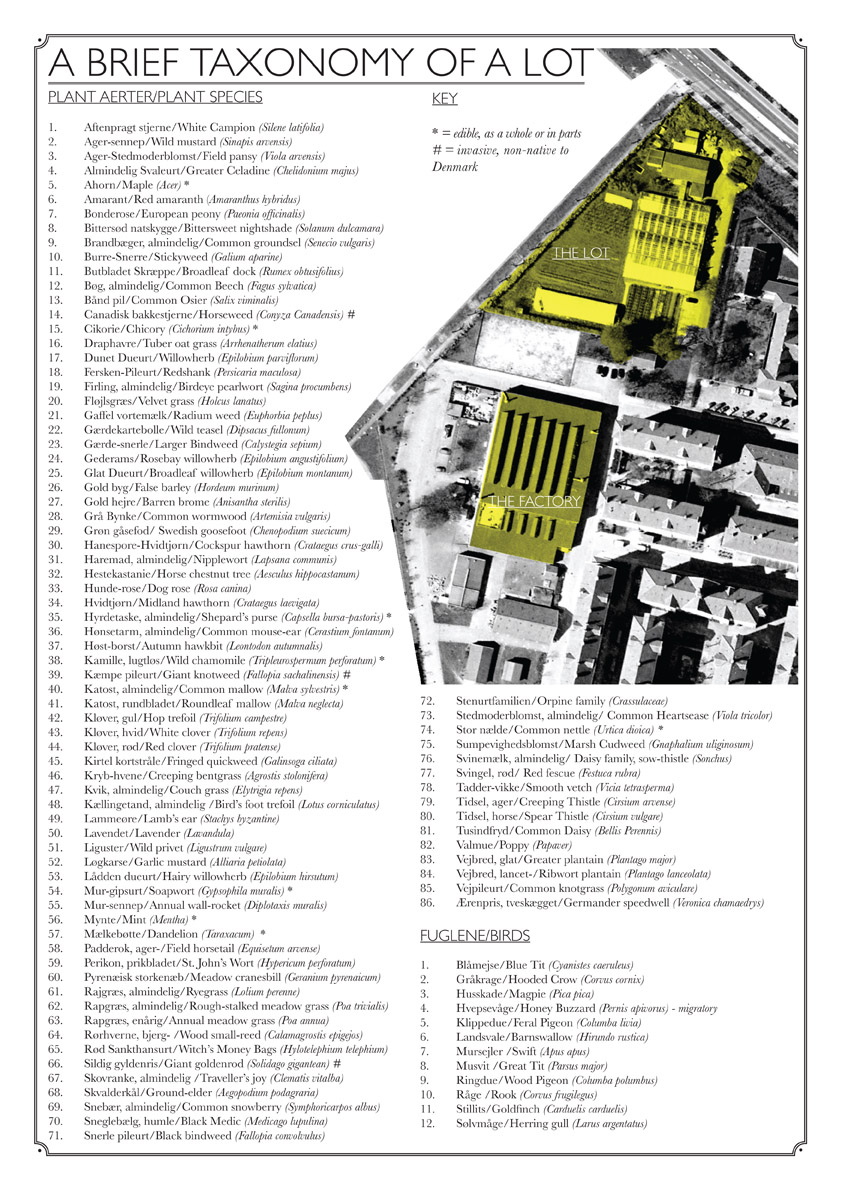
Download a poster Bonnie made about biodiversity in a vacant lot in the Amager borough of Copenhagen, in collaboration with biologist, Inger Kærgaard, ornithologist, Jørn Lennart Larsen and botanist, Camilla Sønderberg Brok: A BRIEF TAXONOMY OF A LOT

We made and installed a network of bat houses in Urbana, Illinois, to support the local and regional bat population, but also to begin a conversation about re-making the built environment.
READ MORE
BOOK REVIEW:
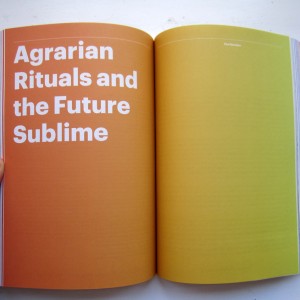
We write often about artists and art groups that work with putting ‘culture’ back in agriculture. Here is a new favorite: myvillages, a group of three women based in Germany, the Netherlands, and the UK. Read more...
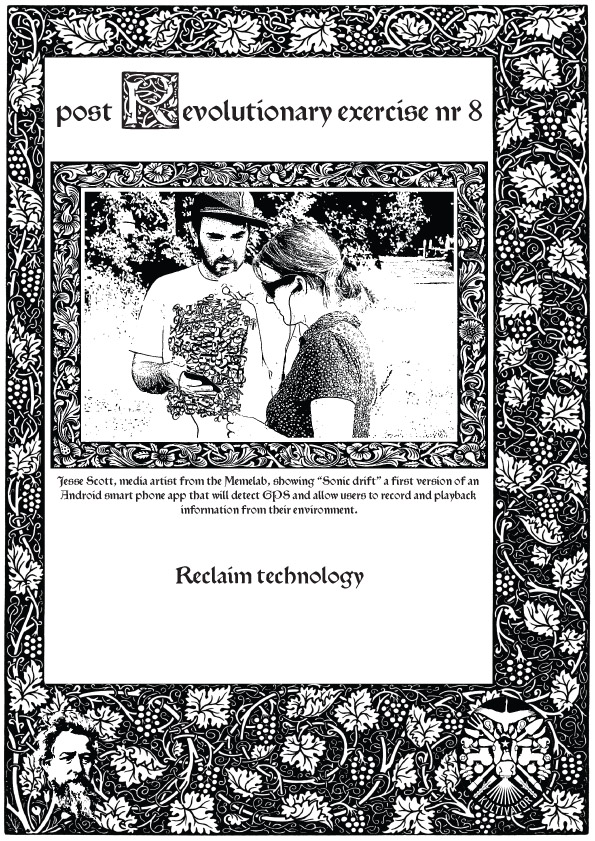
Post Revolutionary Exercises
We really admire the dedicated hard work of Kultivator who seeks to fuse agriculture and art in their work. Click this sentence to get a PDF of their poster collection called "Post Revolutionary Exercises."
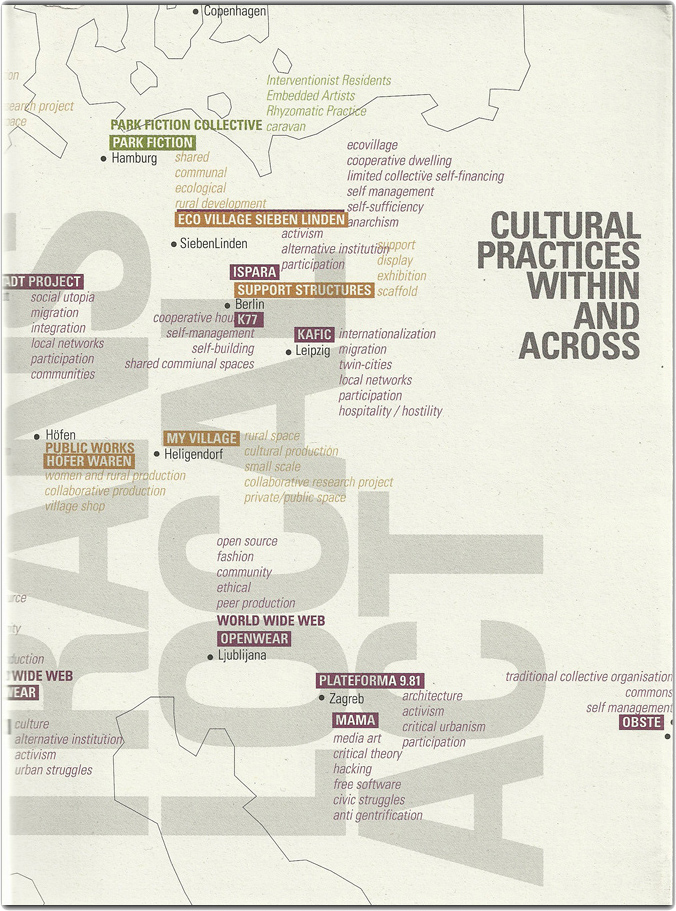
Cultural Practices Within And Across
This amazing book networks urban and rural resilience and sustainability projects around the world. Deeply inspiring projects in Romania, Paris, San Francisco, and elsewhere.
• Read our review of the book.
• Buy the book.
• Download the book.

